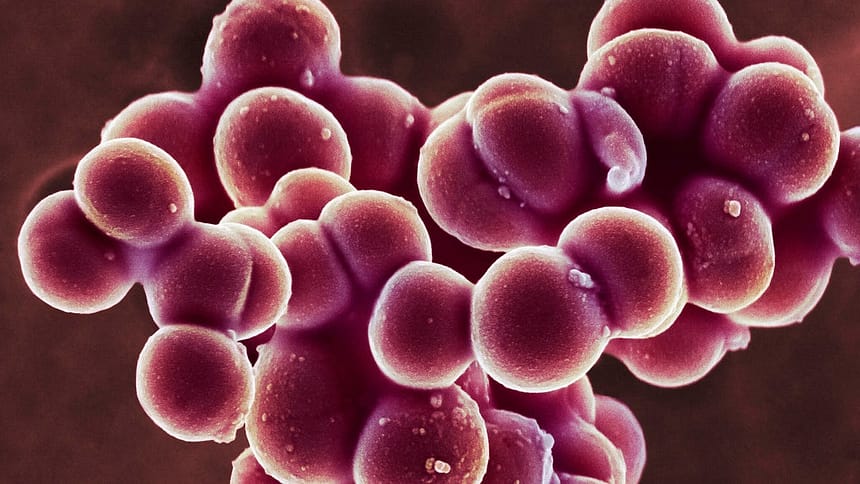Antibiotic-resistant bacteria are dangerous because they already “know” what most antibiotics look like. Scientists at MIT have found a way to create something new: using generative AI to design two antibiotic compounds from scratch that can kill drug-resistant gonorrhea and MRSA in lab dishes and mice.
Antibiotic resistance is one of the world’s biggest public health threats yet new antibiotics have been scarce for decades. Traditional drug discovery methods rely on screening known chemical libraries — a slow process with a limited pool of existing molecules to test. In contrast, MIT’s AI system generated more than 36 million theoretical compounds, many with chemical structures never seen before, and zeroed in on two standouts. Both are unlike any antibiotic currently in use, offering a glimpse at how AI can move beyond speeding up research to imagine medicines that might have been impossible to find otherwise.
“We wanted to get rid of anything that would look like an existing antibiotic, to help address the antimicrobial resistance crisis in a fundamentally different way,” said Aarti Krishnan, MIT postdoc and one of the study’s lead authors. “By venturing into underexplored areas of chemical space, our goal was to uncover novel mechanisms of action.”
Read also: Do You Really Learn When You Use AI? What MIT Researchers Found
How the science was pulled off
The MIT team bypassed the limitations of screening existing chemical libraries by asking AI to invent molecules from scratch, generating more than 36 million theoretical compounds, which were then narrowed down to a few to be tested against drug-resistant superbugs.
This involved two AI-driven strategies:
Fragment-based design: The AI began with a chemical fragment (labeled F1) that showed promise against gonorrhea. It produced millions of derivatives, ultimately refining a shortlist of about 1,000 candidates. Of the 80 chosen by researchers, NG1 emerged as a standout compound that successfully treated drug-resistant gonorrhea in cell cultures and a mouse.
Unconstrained generation: The team let the AI roam freely, designing molecules on its own, aiming at MRSA. This produced more than 29 million candidates, which were filtered down to 90 compounds for synthesis. Twenty-two were produced, six performed well in lab tests and one in particular, DN1, proved able to eliminate MRSA skin infections in mice.
NG1 and DN1 are structurally distinct from any currently known antibiotics and appear to destroy bacteria by disrupting their cell membranes. NG1 specifically targets LptA, a previously untapped bacterial protein involved in constructing the outer cell membrane.
What’s next for antibiotic research
Phare Bio, a nonprofit in the Antibiotics-AI Project, is refining NG1 and DN1 to improve their drug properties, while researchers expand the AI platform to target other tough pathogens like Mycobacterium tuberculosis (the causative agent of tuberculosis) and Pseudomonas aeruginosa (a group of bacteria that often causes infections in health-care settings).
The study, first published in the journal Cell, signals a hopeful turn in the global struggle against superbugs.
However, these findings are early-stage. Initial tests and lab results are encouraging, but human safety and efficacy must be established through rigorous lab refinement and clinical trials, a process that could span several years.
This effort builds on MIT’s previous breakthroughs in AI-guided antibiotic development, including halicin, discovered in 2020 via deep learning, and abaucin, discovered in 2023 via a machine-learning algorithm.
Read more: AI Essentials: 29 Ways to Make Gen AI Work for You, According to Our Experts





